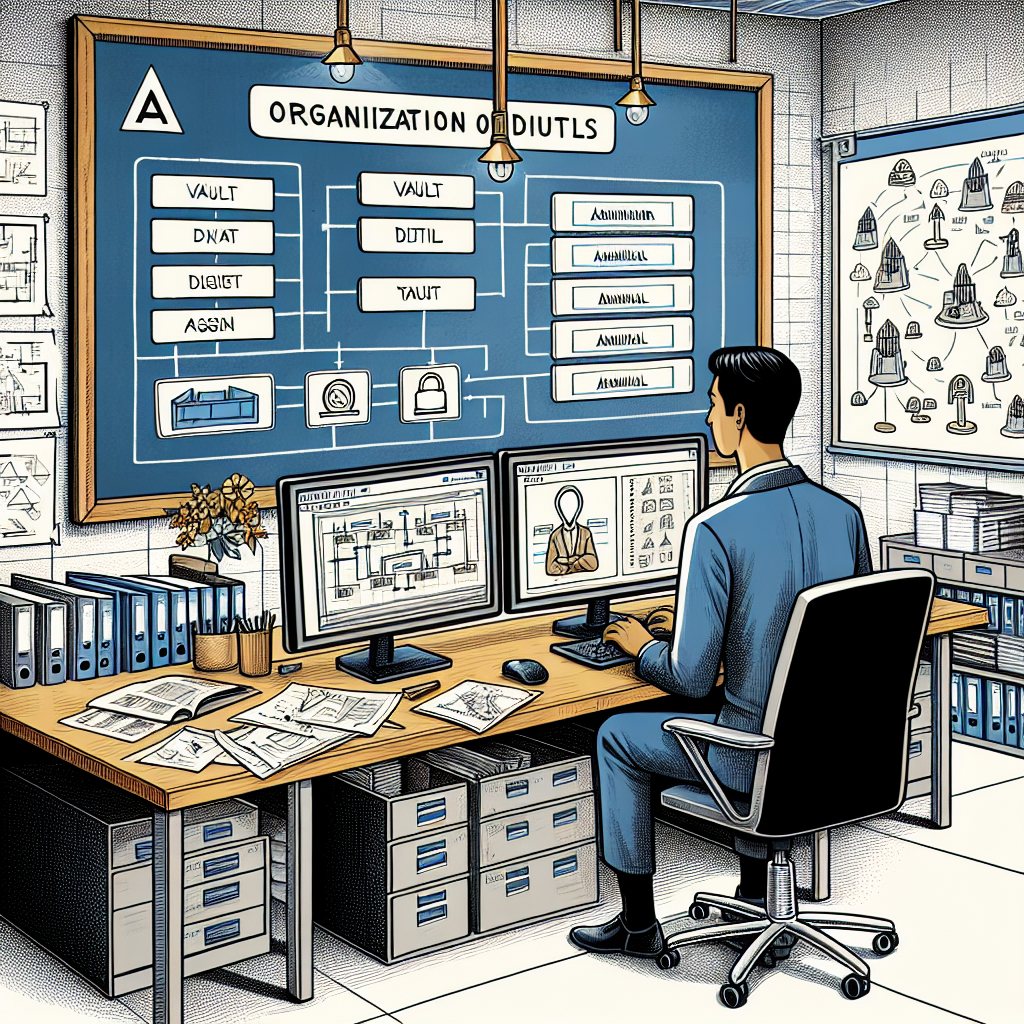Disasters can strike at any moment, whether it be a natural disaster like a hurricane or earthquake, or a man-made disaster such as a cyber attack or fire. In order to effectively respond and recover from these disasters, organizations must have a strong disaster recovery team in place.
Building a strong disaster recovery team involves identifying key roles and responsibilities that are essential for a successful response and recovery effort. Here are some key roles that should be included in a disaster recovery team, along with their respective responsibilities:
1. Incident Commander: The incident commander is responsible for overseeing the entire response and recovery effort. They are in charge of making strategic decisions, coordinating resources, and communicating with key stakeholders. The incident commander must have strong leadership skills and be able to make quick and effective decisions under pressure.
2. IT Manager: The IT manager is responsible for managing the organization’s IT systems and ensuring that they are properly backed up and secured. In the event of a disaster, the IT manager will be responsible for restoring IT systems and data, as well as implementing security measures to prevent further damage.
3. Communications Coordinator: The communications coordinator is responsible for managing internal and external communications during a disaster. This includes keeping employees informed about the situation, coordinating with the media, and communicating with customers and suppliers. The communications coordinator must have strong communication skills and be able to convey information clearly and effectively.
4. Operations Manager: The operations manager is responsible for coordinating the organization’s response and recovery efforts on the ground. This includes managing logistics, coordinating resources, and ensuring that critical operations are up and running as quickly as possible. The operations manager must have strong organizational skills and be able to work well under pressure.
5. Human Resources Coordinator: The human resources coordinator is responsible for managing the organization’s workforce during a disaster. This includes ensuring the safety and well-being of employees, coordinating employee communications, and providing support for employees who may be affected by the disaster. The human resources coordinator must have strong interpersonal skills and be able to provide support and guidance to employees during a difficult time.
Building a strong disaster recovery team requires careful planning and preparation. By identifying key roles and responsibilities, organizations can ensure that they have the right team in place to effectively respond and recover from any disaster that may come their way. With a strong disaster recovery team in place, organizations can minimize the impact of disasters and ensure a swift and successful recovery.







